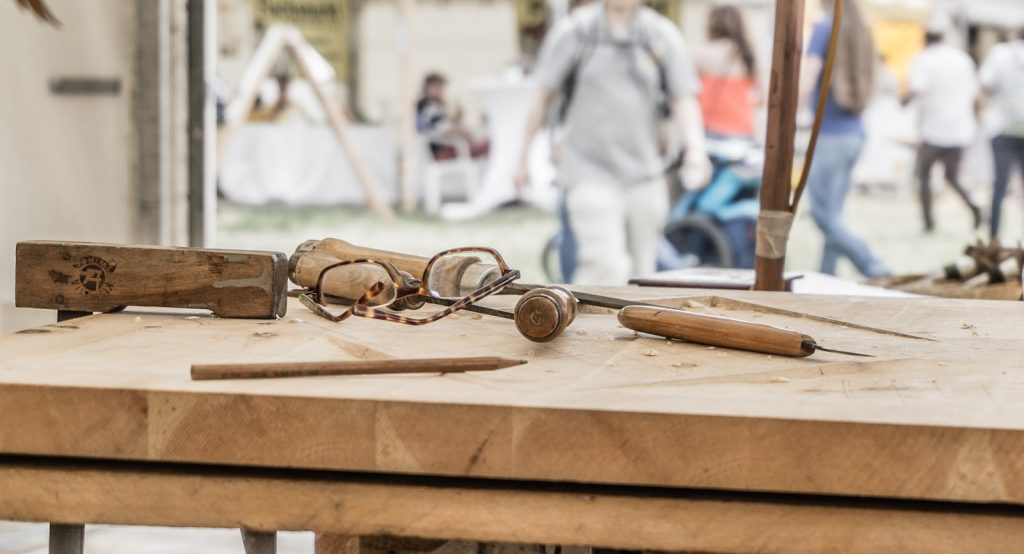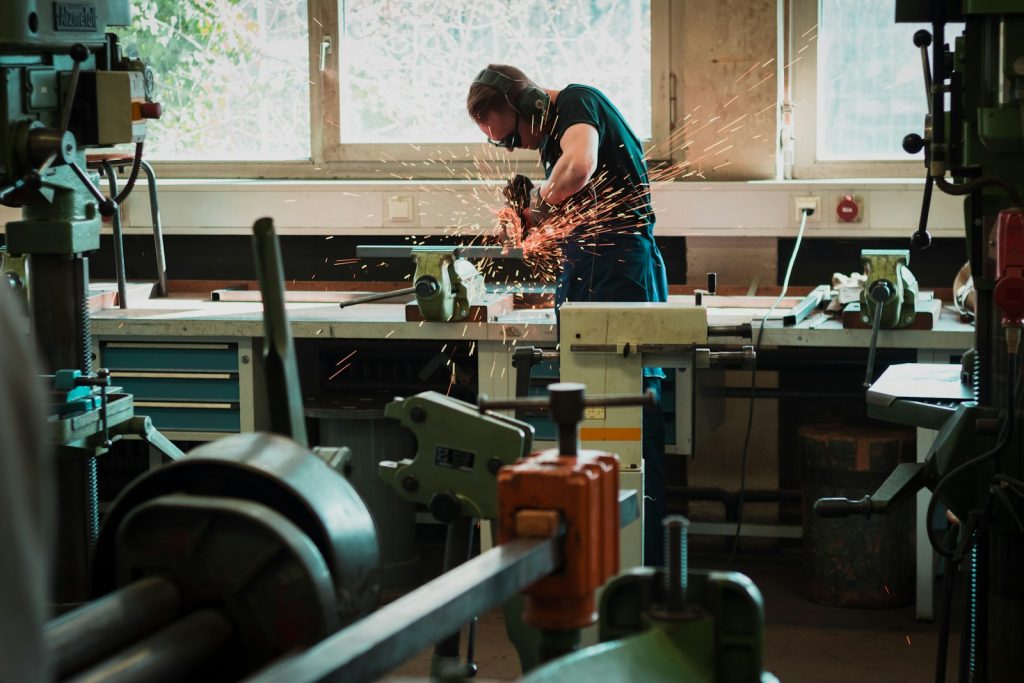Contents
- 1 Introduction to Setting Up a Workshop
- 2 Why Every DIY Enthusiast Needs a Home Workshop
- 3 Key Considerations Before Setting Up Your Workshop
- 4 Understanding the Limitations of a Small Workshop
- 5 Layout Ideas for Setting Up a Workshop
- 6 Maximizing Your Space in a Shed or Small Workshop
- 7 Safety First in Your Home Workshop
- 8 FAQ: Setting Up a Workshop
Introduction to Setting Up a Workshop
Creating a dedicated space for your projects is the dream of every DIY enthusiast. Whether you’re crafting wood projects, fixing household items, or pursuing a hobby, setting up a workshop in a well-organized area maximizes both productivity and enjoyment. This guide is here to help you with every step—whether you’re setting up a workshop in a small space, setting up a workshop in a garage, or even setting up a workshop at home.

Why Every DIY Enthusiast Needs a Home Workshop
A home workshop offers convenience, freedom, and a personal space where creativity can thrive. No more waiting for shared tools at community spaces or dealing with the mess in your living room. Having your tools and materials within reach gives you the freedom to start projects whenever inspiration strikes.
Building a workshop at home also means you can choose the right equipment, tailor the space to your exact needs, and, most importantly, work at your own pace.
Benefits of a Home Workshop
- Convenience: Having an easily accessible space for your tools and projects right at home eliminates the need to commute to a store or workshop.
- Customization: Design your workspace according to your preferences, making it as efficient and personal as you want.
- Flexibility: You can start or stop projects without worrying about someone else using your tools or workspace.

Key Considerations Before Setting Up Your Workshop
Budgeting for Your Workshop
Before diving in, determine how much you’re willing to spend on setting up a woodworking workshop. The costs include tools, storage solutions, lighting, and even renovation. Sticking to a budget ensures you get everything you need without overspending. Take a look at this budget-friendly kit for DIY enthusiasts:

Time Commitment and Planning
Setting up a workshop isn’t an overnight task. Careful planning is needed to ensure the space works for your long-term needs. You’ll want to consider what tools to buy, how to organize the space, and plan for future needs.
It’s important to remember that time commitment is key—proper planning will prevent mistakes and save you time in the long run.
Space Requirements
How much room do you have? Whether you’re setting up a workshop in the garage or a shed in your backyard, knowing your available space is crucial. For setting up a woodworking shop in the garage, think about utilizing vertical space to hang tools or installing shelves to store materials efficiently.
Understanding the Limitations of a Small Workshop
Working with Limited Square Footage
Space constraints don’t have to hold you back. By using clever storage solutions and planning your layout effectively, you can still create a fully functional workshop even in a small space. One option is setting up a workshop in a shed—a great way to maximize every inch of space for woodworking projects.
Choosing Multi-Functional Tools for Small Spaces
Invest in tools that serve multiple purposes. Multi-functional tools like a combined saw, drill, or sander will help you reduce clutter and complete more tasks with fewer items. This is essential when setting up a small workshop or working in tight quarters.
Multi-Functional Tool Set
Multi-tool kit suitable for small spaces
Layout Ideas for Setting Up a Workshop
Workbench Placement
The workbench is the heart of any workshop. When setting up a workshop in the garage, make sure to place the workbench where it is easily accessible. If you are working in a small space, consider a foldable workbench that you can put away when not in use. This will give you more room for other tasks.
Tool Storage
Storing tools properly is essential for a smooth workflow. In a workshop setup in a garage, wall-mounted storage racks, pegboards, or shelves can help you keep everything organized. The goal is to have everything within arm’s reach without cluttering the floor space.
Lighting and Ventilation
Proper lighting is crucial for any workshop. The space should be well-lit to help you see fine details, especially when you’re setting up a woodworking shop garage. Also, ensure that there’s adequate ventilation, particularly when you’re working with wood, sawdust, or chemicals.
Lighting solutions like LED strips or overhead lighting can illuminate your workspace and create a more comfortable environment.
Maximizing Your Space in a Shed or Small Workshop
When you’re setting up a workshop in a shed, it’s important to think about how to make the most of your available space. Use the walls to store tools, hang cords, or even use shelving units for your supplies. Here are a few additional tips to help you get the most out of your small workshop:
- Use vertical space for tool storage or shelving units.
- Keep frequently used items within easy reach to minimize movement and improve efficiency.
Multi-Use Equipment
Investing in equipment that serves multiple purposes is one of the best ways to maximize the available space in your small workshop. Instead of having separate tools for cutting, sanding, and drilling, look for multi-use devices that allow you to perform all of these tasks with a single unit.
for Multi-Use Woodworking Equipment
Safety First in Your Home Workshop
When working with power tools, safety should always be a priority. Install safety equipment, such as fire extinguishers, first aid kits, and eye protection. If you are setting up woodworking workshops at home, it’s important to ensure the area is childproof and that tools are safely stored when not in use.
Safety Equipment Checklist
- Protective Gear: Gloves, goggles, ear protection, and dust masks.
- Fire Extinguisher: Keep a fire extinguisher nearby in case of accidents.
- Emergency Kit: Always have a first aid kit within easy reach.
FAQ: Setting Up a Workshop
1. How much space do I need for a home workshop?
The space required depends on the type of projects you plan to tackle. Even with limited space, you can set up a workshop in a small space with the right tools and organization. A shed or a corner of the garage can be enough for smaller woodworking projects.
2. What tools should I start with for a basic workshop?
Start with essential tools such as a saw, drill, workbench, and clamps. If you’re just starting, consider multi-functional tools that can handle a variety of tasks.
3. How can I organize a small workshop in the garage?
Utilize wall-mounted storage, pegboards, and shelving to make the most of your garage workshop space. Keep your frequently used tools within easy reach to avoid clutter.
4. Can I set up a woodworking workshop in a shed?
Yes! Setting up a workshop in a shed is an excellent option if you’re short on space. Use vertical storage and compact tools to maximize your space.


